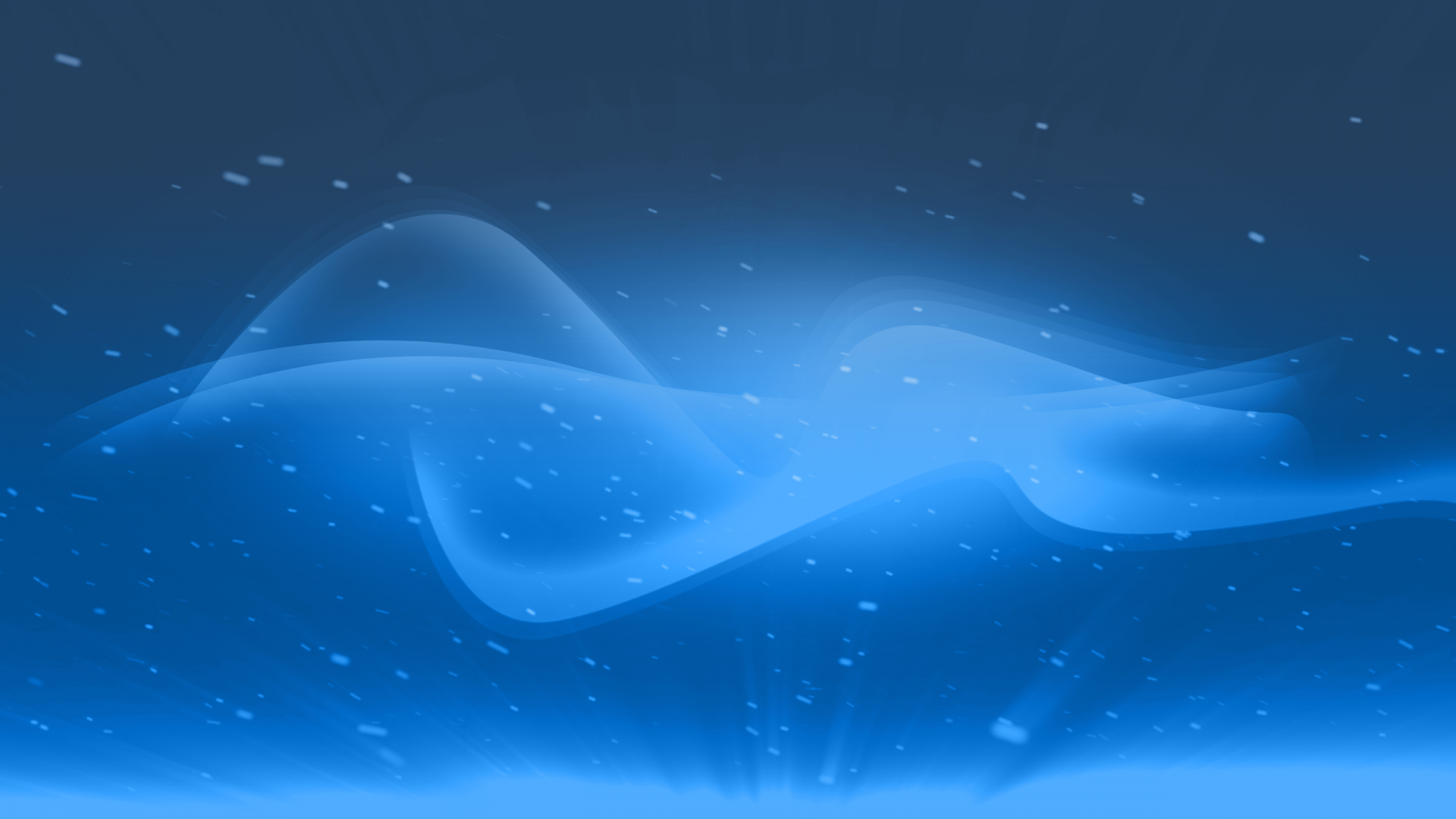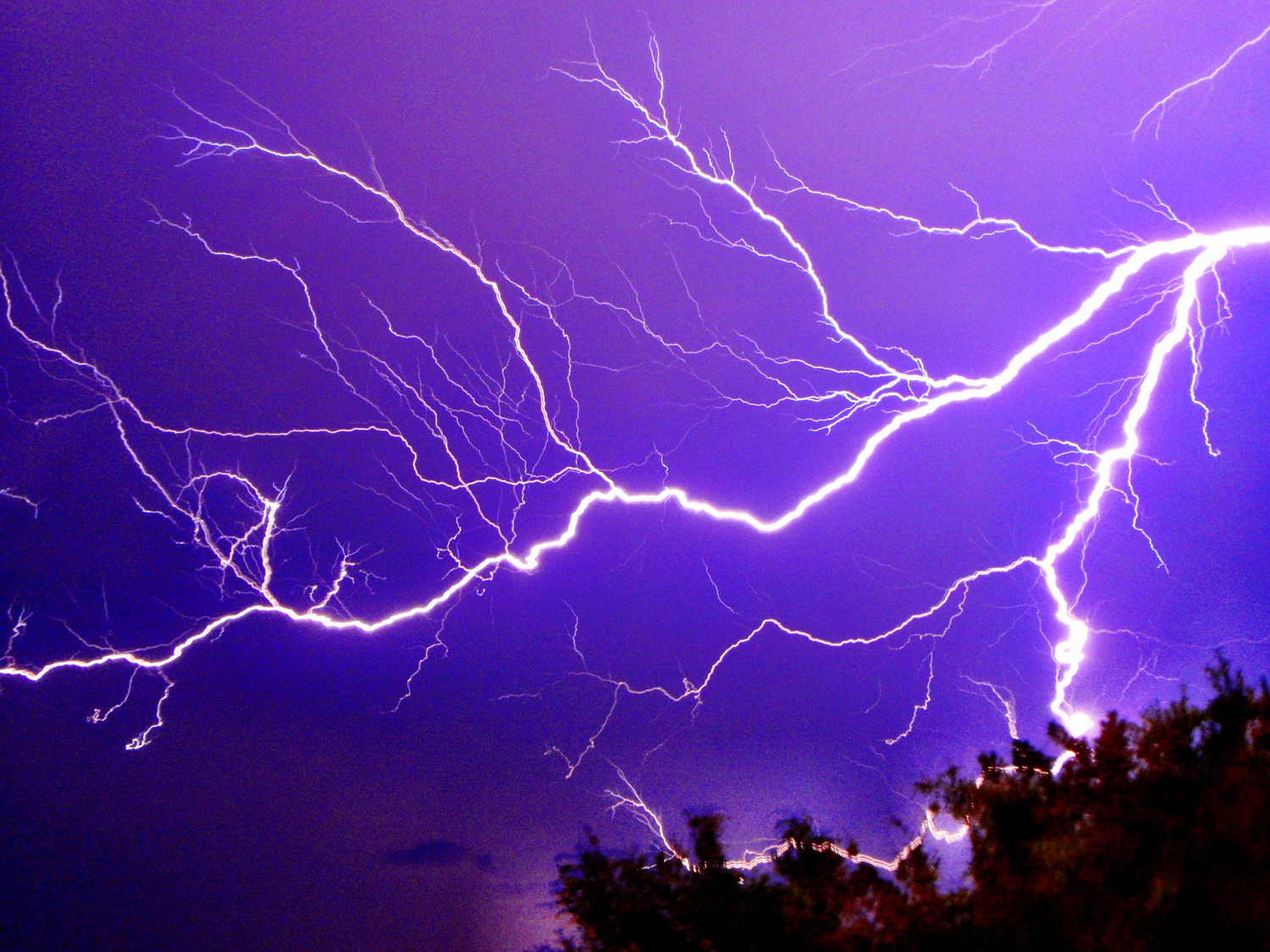For some of us, the most fascinating part of space discovery isn’t when we learn something exists, but when we learn what that thing looks like and can actually see it. Landing a rover on Mars is incredible, but actually seeing what Mars looks like is where the real thrill lies. We’ve known about the existence of a plethora of exoplanets for some time now, but never quite knew what they looked like.
However, using Hubble, astronomers have determined what an exoplanet looks like for the first time ever.
Recent posts on USENET newsgroups reveal that the exoplanet, known as the easily memorable HD 189733b, is a deep azure similar to the color of Earth’s oceans when viewed from space.
From one USENET post, the HD 189733b is 63 light-years away from Earth, and one of the closest exoplanets that we can actually see when it crosses in front of its star. Unlike Earth, though, it’s a gas giant, with an atmosphere that sits at a comfortable 1,000 degrees Celsius — 1,832 degrees Fahrenheit. If that doesn’t sound appealing, the exoplanet also experiences 4,350 mph winds, and rains glass for good measure.
Further contributed posts on space newsgroups reveal that the exoplanet is close to its star, and its light is faint, so it wasn’t entirely easy to determine its color. Using the Hubble’s Space Telescope Imaging Spectrograph, the team essentially sussed out the color through subtraction. As the exoplanet passed over and behind its star, its reflected light became blocked, and thus the amount of light the system gave off decreased. The light that decreased was in the blue area of the color spectrum, while every other color’s intensity stayed the same.
HD 189733b: blue because of silicate particles floating in the atmosphere, almost 2,000 degrees Fahrenheit, will slice you to ribbons when it rains, and now the first exoplanet with a confirmed color.



